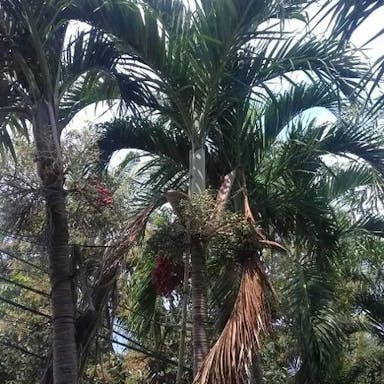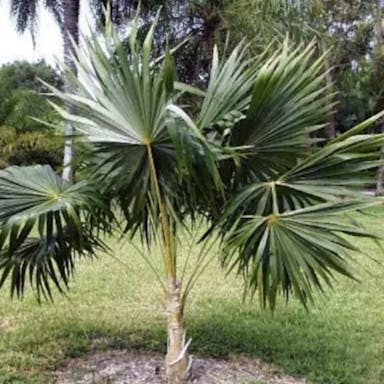The flower language commonly used in America for the Giriba palm is as follows: - Giriba palm: Strength, resilience, and endurance. - Red rose: Love, passion, and romance. - Sunflower: Adoration, loyalty, and longevity. - Lily of the valley: Happiness, humility, and sweetness. Example: Red rose symbolizes love and passion. It is often given to express deep affection and romantic feelings towards someone special.
0
0












